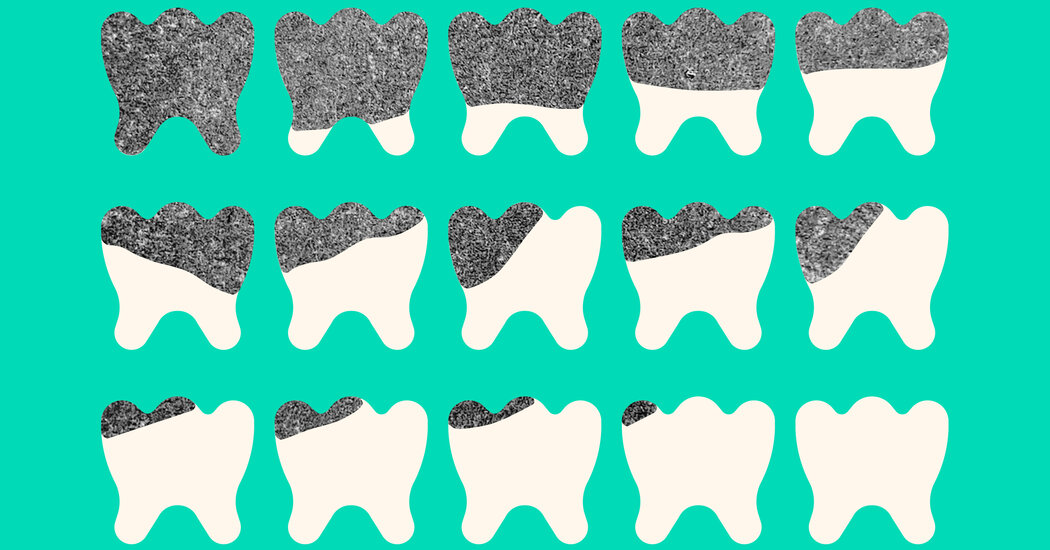The European Union banned mercury amalgam fillings to protect the environment. Should you worry about protecting your health, too?
When the European Union adopted a ban on dental amalgam fillings earlier this year, its aim was to eliminate one of the last remaining intentional uses of mercury in Europe. The regulation is part of the Zero Pollution Action Plan, an initiative that includes removing microplastics, chemical pesticides and even noise pollution from the environment.
The ban, which will go into effect at the beginning of next year, can help “avoid the release of approximately 10 tons of mercury into the environment by 2030,” Tilly Metz, a member of the European Parliament who worked on the legislation, said in an email.
The E.U. is going a big step further than required by the United Nations’ Minamata Convention, a global treaty adopted by more than 140 countries including the United States, that requires countries to “phase down” the use of dental amalgam. The treaty is named after the Minamata Bay in Japan where, in the mid-20th century, industrial pollution containing mercury contaminated seafood and sickened thousands of people, some fatally.
While the new E.U. ban is not focused on the health of the individuals receiving the fillings, millions of people around the world have mercury fillings in their mouths; it’s natural to wonder about what the regulations might mean for your health.
What are mercury fillings?
Dental amalgam fillings, commonly known as silver fillings, have been used in dentistry since the 19th century. They are approximately half mercury and a half blend of silver, zinc, tin, copper or other metals.
More than 100 million Americans have mercury fillings, but they’re being used less and less often. Most new dental fillings in the United States are made of resins and composites that do not contain any mercury.
